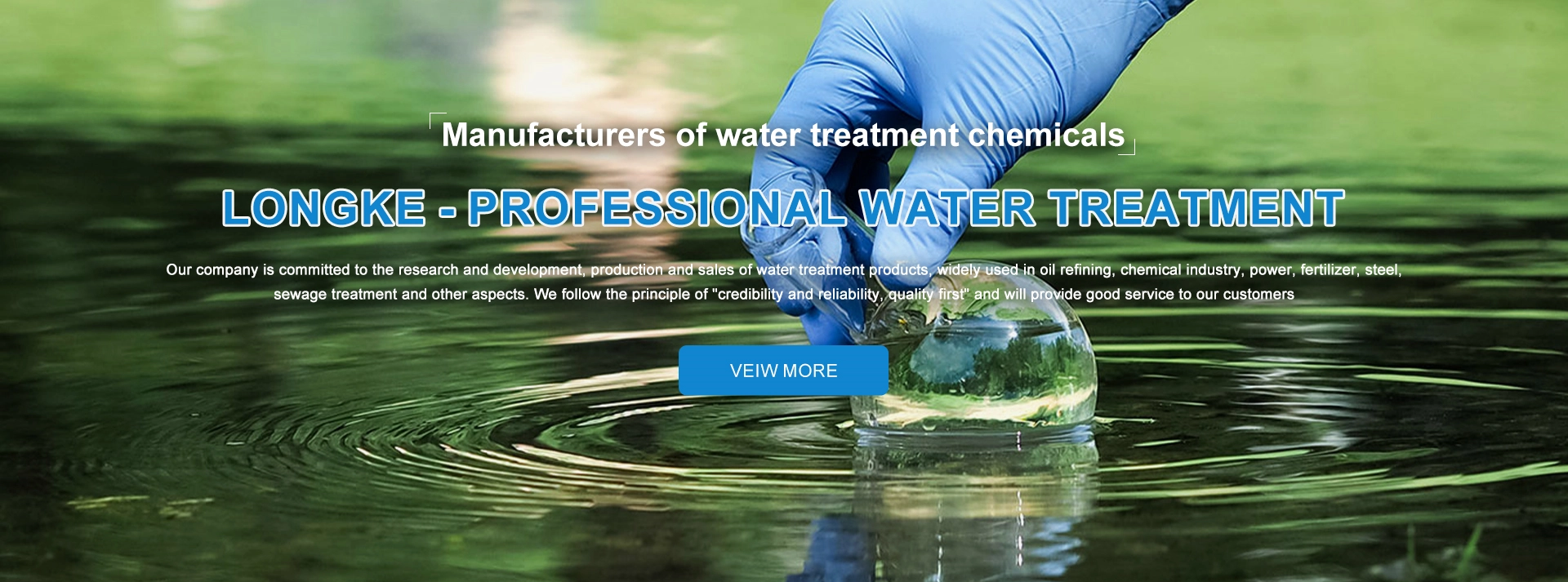poly aluminium chloride price
Understanding the Price Dynamics of Poly Aluminium Chloride
Poly Aluminium Chloride (PAC) is an inorganic polymer widely used in various industries, particularly in water treatment, paper manufacturing, and as a coagulant in several processes. Its effectiveness in purifying water makes it an essential chemical in municipal and industrial applications. Given its significance, tracking the price trends of PAC is crucial for businesses and manufacturers alike. This article delves into the factors influencing the price of Poly Aluminium Chloride, recent trends, and future outlook.
What is Poly Aluminium Chloride?
Poly Aluminium Chloride is a high-performance coagulant, produced by hydrolyzing aluminum chloride in an alkaline medium. PAC is preferred over traditional coagulants, like aluminum sulfate (alum), due to its improved coagulation properties, reduced sludge production, and better pH adjustment capabilities. Its use ranges from drinking water purification to wastewater treatment, making it a versatile compound in the chemicals market.
Factors Influencing the Price of PAC
1. Raw Material Costs The primary raw ingredients for PAC production include aluminum oxide and hydrochloric acid. Fluctuations in prices of these raw materials directly impact the production costs of PAC. Global commodity prices, influenced by geopolitical tensions and supply chain disruptions, can cause these raw materials to become more expensive.
2. Demand and Supply Dynamics The demand for PAC is largely driven by its applications in the water treatment industry. Urbanization and population growth have increased the demand for municipal water treatment facilities, thus driving PAC prices higher. Conversely, any oversupply in the market can lead to price reductions, necessitating a keen analysis of market conditions.
3. Environmental Regulations Stricter environmental regulations concerning wastewater management and water purity standards can influence PAC prices. Companies may invest more in advanced PAC technologies to comply with these regulations, leading to increased operational costs and, consequently, higher prices for consumers.
poly aluminium chloride price

4. Regional Market Variations The price of PAC can also vary significantly based on geographic factors. Regions with abundant raw materials or existing production infrastructure may offer lower prices, while areas relying on imports may see inflated costs. Additionally, local competition affects pricing strategies.
5. Economic Conditions Broader economic conditions play a crucial role in the pricing of PAC. Economic downturns can lead to reduced industrial activity, resulting in lower demand, while a booming economy can drive up costs due to increased consumption across various sectors.
Recent Trends in PAC Prices
In 2023, prices for Poly Aluminium Chloride exhibited some volatility. Initially, a surge in demand due to increased investments in municipal water infrastructure led to a rise in prices. However, as manufacturers ramped up production and global supply chains recovered from disruptions caused by the pandemic, PAC prices began to stabilize.
Regionally, the Asia-Pacific market has seen substantial growth, driven by industrialization and urban development in countries like China and India. As a result, PAC prices in this region have remained relatively high, reflecting the ongoing demand.
Future Outlook
Looking ahead, the price of Poly Aluminium Chloride is expected to be influenced by several ongoing trends. The push for sustainable and eco-friendly water treatment solutions may create a favorable market for PAC, potentially driving prices upward. Additionally, continued investment in water conservation and treatment facilities globally suggests a steady demand for PAC in the future.
In conclusion, monitoring the price of Poly Aluminium Chloride is essential for stakeholders in related industries. By understanding the factors that drive these prices, businesses can better navigate the market and make informed decisions regarding procurement and production strategies. As with any chemical commodity, staying informed on market trends and economic indicators will be critical in managing costs effectively and ensuring sustainable operations.
-
Pbtc Scale InhibitorPBTC: A Scale Protector for Industrial Water TreatmentNewsAug.05,2025
-
Organic Phosphonate: An Efficient Defender in the Field of Scale InhibitionNewsAug.05,2025
-
Hydrolyzed Polymaleic Anhydride: Green Pioneer in Scale Inhibition FieldNewsAug.05,2025
-
PAPEMP Polyamino Polyether Methylene Phosphonic Acid For SaleNewsAug.05,2025
-
Flocculant Water Treatment: A Pioneer in Purification in the Field of Water TreatmentNewsAug.05,2025
-
Benzyl Isothiazolinone: An Efficient and Broad-Spectrum Antibacterial Protective GuardNewsAug.05,2025





